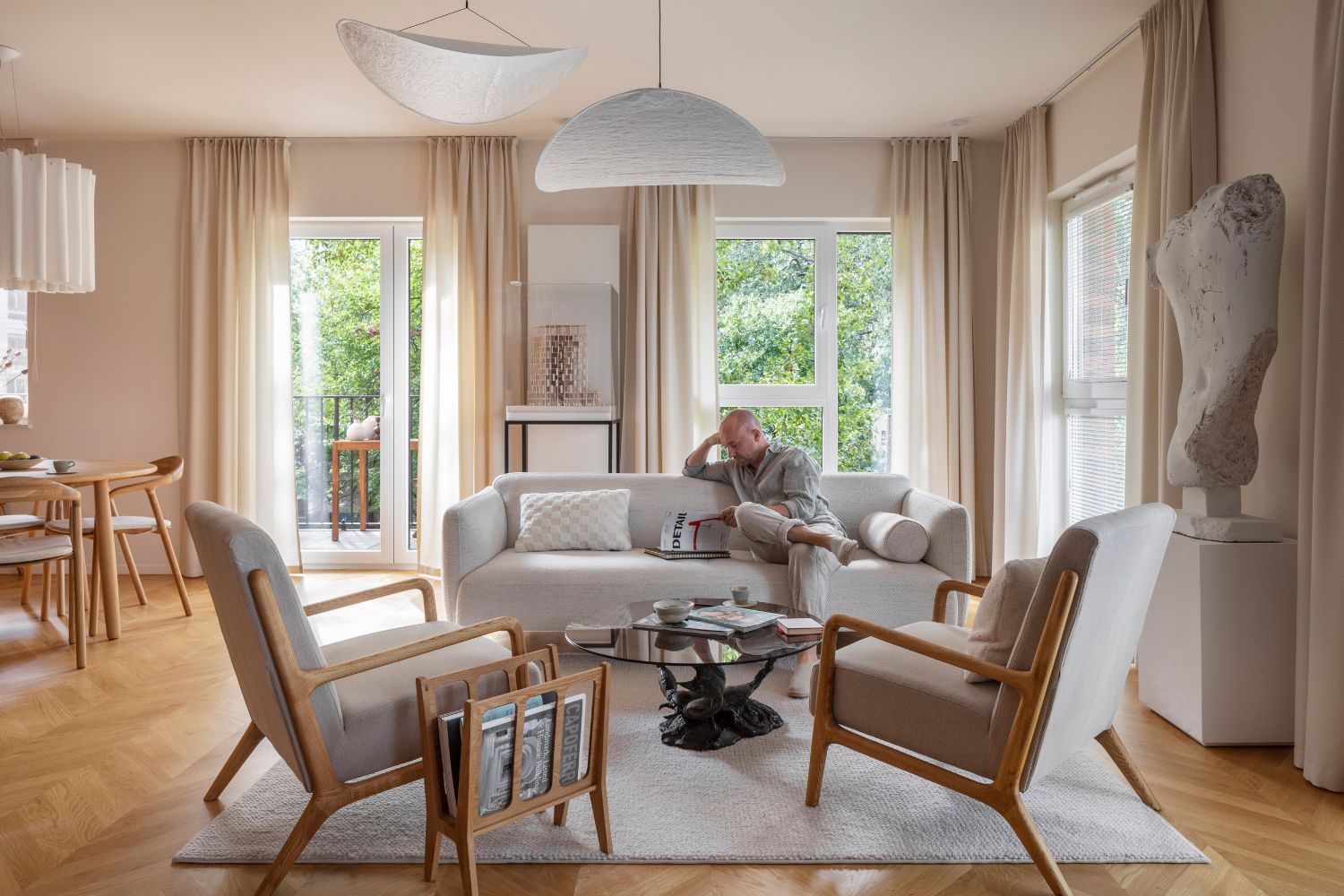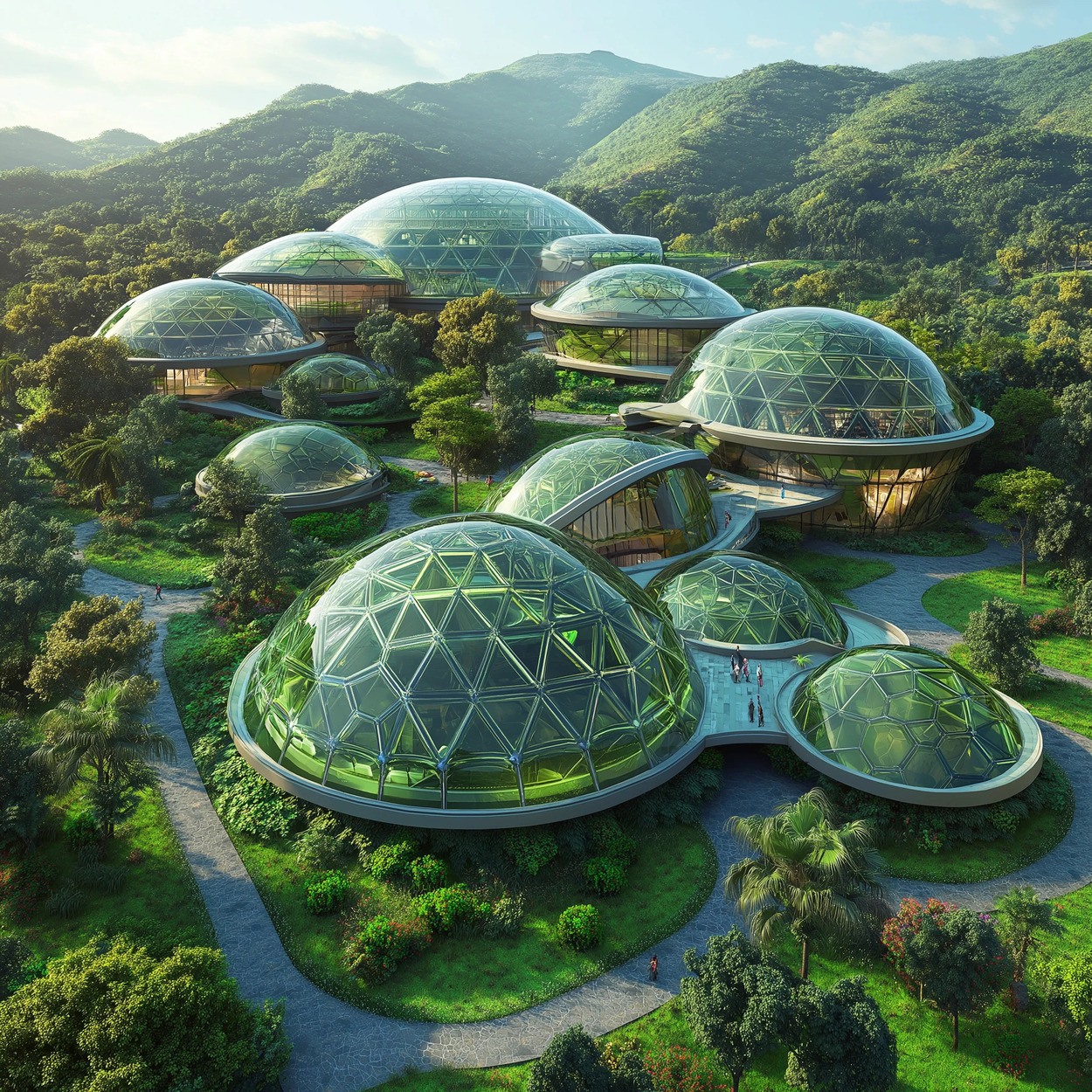- Home
- Articles
- Architectural Portfolio
- Architectral Presentation
- Inspirational Stories
- Architecture News
- Visualization
- BIM Industry
- Facade Design
- Parametric Design
- Career
- Landscape Architecture
- Construction
- Artificial Intelligence
- Sketching
- Design Softwares
- Diagrams
- Writing
- Architectural Tips
- Sustainability
- Courses
- Concept
- Technology
- History & Heritage
- Future of Architecture
- Guides & How-To
- Art & Culture
- Projects
- Interior Design
- Competitions
- Jobs
- Store
- Tools
- More
- Home
- Articles
- Architectural Portfolio
- Architectral Presentation
- Inspirational Stories
- Architecture News
- Visualization
- BIM Industry
- Facade Design
- Parametric Design
- Career
- Landscape Architecture
- Construction
- Artificial Intelligence
- Sketching
- Design Softwares
- Diagrams
- Writing
- Architectural Tips
- Sustainability
- Courses
- Concept
- Technology
- History & Heritage
- Future of Architecture
- Guides & How-To
- Art & Culture
- Projects
- Interior Design
- Competitions
- Jobs
- Store
- Tools
- More
Biophilic Interior Design: Blending Nature with Space

In the realm of architecture and interior design, the concept of biophilic design has emerged as a transformative approach to creating spaces that not only enhance human well-being but also forge a deeper connection between individuals and the natural environment. Biophilic interior design goes beyond the mere addition of plants to interiors; it’s about integrating nature into design in a way that addresses our intrinsic need to be in close contact with the natural world. This article explores the principles of biophilic design, its benefits, and practical applications within interior spaces.
Table of Contents
ToggleThe Essence of Biophilic Design
Biophilic design is rooted in the concept of biophilia, a term popularized by biologist E.O. Wilson to describe humans’ innate tendency to seek connections with nature and other forms of life. In the context of interior design, this means creating environments that are visually, physically, and emotionally more aligned with the natural world. Biophilic design is underpinned by several core principles, including the use of natural materials, light, vegetation, natural shapes and forms, and direct and indirect nature views.

Benefits of Biophilic Interior Design
The incorporation of biophilic elements into interior spaces offers a myriad of benefits, extending well beyond aesthetics. Research has shown that biophilic design can significantly contribute to physical and mental health improvements, including:
- Reduced Stress: Natural elements can lower blood pressure and stress levels, creating a calming and restorative environment.
- Enhanced Creativity and Productivity: Exposure to natural settings has been linked to improved creativity, cognitive function, and productivity.
- Improved Air Quality: Plants and natural materials can help purify the air, reducing pollutants and contributing to better respiratory health.
- Increased Well-being: Spaces that incorporate nature tend to promote greater overall well-being and happiness.
Practical Applications in Interior Design
Implementing biophilic design principles can be achieved through a variety of methods, tailored to fit different spaces and budgets:
Incorporation of Natural Light and Views
Maximizing natural light and providing views of nature can have a profound impact on mood and energy levels. This can be achieved through the strategic placement of windows, skylights, and glass doors. Where direct views of nature are not possible, high-quality imagery or virtual landscapes can serve as effective substitutes.

Use of Natural Materials
Incorporating natural materials such as wood, stone, bamboo, and wool into interior designs not only brings the textures and colors of nature indoors but also contributes to a sense of warmth and authenticity in the space.
Integration of Plant Life
From potted plants and green walls to indoor gardens, the integration of vegetation is a direct and impactful way to bring nature into interior environments. These elements not only enhance the aesthetic appeal of a space but also contribute to air purification and humidity regulation.

Emulation of Natural Forms and Patterns
Mimicking the forms, patterns, and sequences found in nature, a concept known as biomimicry, can also evoke a sense of connection to the natural world. This can be reflected in architectural elements, furniture design, and decorative details.
Creating Sensory Experiences
Engaging the senses through the use of water features, natural fragrances, and tactile materials can enhance the overall experience of a space, making it more inviting and restorative.
Biophilic interior design represents a powerful strategy for improving health, well-being, and productivity by strengthening the human-nature connection within built environments. As society becomes increasingly urbanized, the importance of integrating natural elements into interior spaces becomes not just a design trend but a fundamental aspect of creating healthy and sustainable living and working environments. By embracing the principles of biophilic design, architects and designers have the opportunity to redefine the spaces we inhabit and foster a deeper, more meaningful relationship with the natural world.

Submit your architectural projects
Follow these steps for submission your project. Submission FormLatest Posts
Modern American Homes: Interior Design Trends to Watch in 2026
Interior design in the United States is evolving toward warmer, more adaptable,...
Eco-Friendly Floor Coverings: Smart Choices for a Greener Home
Eco-friendly floor coverings made simple: discover sustainable materials, trusted certifications, and room-by-room...
BXB Studio’s Hybrid Interior: Redefining the Modern Architectural Workplace
The Warsaw headquarters of BXB Studio was established in a modest 70...
What are Biodomes?
Biodomes are transforming architecture by blending ecological science with advanced design to...












Leave a comment